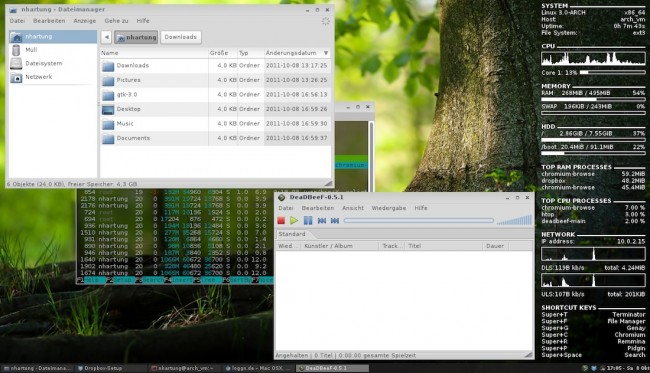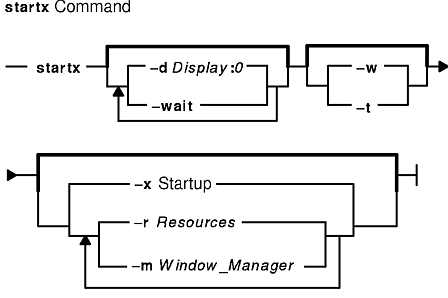

Tag "master-of-seat": if set this device is enough for a seat to be considered existent.Note that USB hubs can be assigned to a seat as well, in which case all (current and future) devices plugged into it will also be assigned to the same seat (unless they are explicitly assigned to another seat). A UI for configuring assignment of devices to seats should enumerate and subscribe to all devices with this tag set and show them in the UI. This tag will be set only for the originating device, not for the individual subdevices. a PCM for input and another one for output). Note that some devices like sound cards consist of multiple subdevices (i.e. This tag is set for graphics devices, mice, keyboards, video cards, sound cards and more. Tag "seat": if set this device is eligible to be assigned to a seat.(Well, with one exception: USB sticks can be assigned to a seat.)Īssignment of hardware devices to seats is managed inside the udev database, via settings on the devices: Note that hardware like printers, hard disks or network cards is generally not assigned to a specific seat. If a device is not assigned to any particular other seat it is implicitly assigned to the special default seat called "seat0".

A device can be assigned to only one seat at a time. Linux+systemd qualifies.Īll hardware devices that are eligible to being assigned to a seat, are assigned to one.

A user is identified by a numeric user id (UID) or a user name (string). A single user can have opened multiple sessions at the same time. A user (the way we know it on Unix) corresponds to the person using a computer.Session IDs are unique on the local machine and are never reused as long as the machine is online. The session identifier too shall be considered a short string (<= 64chars) consisting only of a-zA-Z0-9, "_" and "-", suitable for inclusion in a file name. systemd ensures that audit sessions are identical to systemd sessions, and uses the audit session id as session id in systemd (if auditing is enabled). A session is identified by a short string. Multiple sessions can be attached to the same seat, but only one of them can be active, the others are in the background. A session is bound to one or no seats (the latter for 'virtual' ssh logins). A session is defined by the time a user is logged in until he logs out.Seat names may or may not be stable and may be reused if a seat becomes available again. They are suitable for inclusion in file names. Seats are identified by seat names, which are short strings (<= 64chars), that start with the four characters "seat" followed by at least one more character from the range a-zA-Z0-9, "_" and "-". It can also include video cameras, sound cards and more. It consists of at least one graphics device, and usually also includes keyboard, mouse. A seat consists of all hardware devices assigned to a specific workplace.If you are planning to write (or port) a multi-seat aware display manager, please have a look at Writing Display Managers. If you are interested in the actual APIs for multi-seat support, please have a look at the logind Bus API and sd-login(7).
#Multiseat x session startx full#
This adds full hotplug multi-seat support to Linux. Systemd, versions 30 and newer, includes support for keeping track of user sessions and seats. It has been replaced by a man page: sd-login(3). This page is mostly of historical interest.


 0 kommentar(er)
0 kommentar(er)
